В съвременното производство, Прецизността и автоматизацията са всичко. От аерокосмически части до медицински изделия, Необходима е точност до микрони, and this is where CNC (Компютърно цифрово управление) machines play a vital role. At the heart of every CNC machine lies a programming language that tells it exactly what to do — G-код.
This guide explains what G-code is, как работи, the different types, and its common uses across industries.
Какво е G-код?
G-код, short for “Geometric Code,” is the most widely used programming language for CNC machines. It’s a set of instructions that tells the machine how to move, изрежете, бормашина, or mill. Every line of G-code corresponds to a specific action, such as moving the cutting tool to a position, changing speed, or activating coolant.
С по-прости думи:
G-code = The instructions
CNC machine = The worker
Final part = The product
Without G-code, a CNC machine wouldn’t know how to operate.
Function of G-code
G-code is basically the “language” that CNC machines understand, and its main function is to tell the machine exactly what to do. Think of it like giving step-by-step directions to a robot. Each line of G-code is a command that controls one small action, but when you put them all together, they guide the entire machining process.
Controls movement – It tells the machine how far and in which direction the tool should move, whether it’s left, точно, нагоре, down, or even in curves.
Sets speed and feed – G-code tells the machine how fast the cutting tool should spin (скорост на шпиндела) and how quickly it should cut through the material (скорост на подаване).
Handles tool changes – If the part needs different tools, G-code gives instructions to switch them at the right time.
Manages cutting paths – It defines the exact route the tool should follow to cut or shape the material.
Coordinates precision – G-code ensures every movement is accurate down to tiny fractions of a millimeter, so the final part meets the design.
What is the Structure of a G-code?
The letter codes
Each line usually starts with a letter, като G, М, X, Y, или З.
G stands for the type of movement (like move in a straight line, cut a circle, or go home).
М usually controls extra functions (like turning the spindle on/off or starting the coolant).
X, Y, З tell the machine where to move in space.
The numbers
Right after the letters, you’ll see numbers. These are the exact instructions. например, X10 Y5 means “move to position X=10 and Y=5.”
One line = one step
Each line of G-code (sometimes called a block) is a single instruction. The machine reads the program line by line, top to bottom, like following a recipe.
Order matters
Just like baking a cake, you have to give steps in the right order. If you tell the machine to cut before you’ve turned on the spindle, nothing good will happen.
Simple but powerful
Even though the code looks simple, putting many lines together creates complex shapes and parts. It’s like Lego blocks — one block is simple, but together they can build almost anything.
How to Read G-code Commands?
Looking at G-code for the first time can feel like staring at a secret code — letters, numbers, and symbols all mixed together. But once you know the “alphabet” of G-code, it’s much easier than it seems. Think of it like learning to read short text messages where each line tells the machine what to do.
Start with the letter
Every command starts with a letter that tells you what kind of instruction it is.
G = “Go” (movement or motion, like straight lines or circles).
М = “Miscellaneous” (things like turning the spindle or coolant on/off).
X, Y, З = coordinates, or the exact spot in space the tool should move to.
Е = feed rate (how fast the tool should cut).
С = spindle speed (how fast the spindle should spin).
Then look at the number
The number right after the letter gives the details. например:
G01 = move in a straight line.
M03 = turn the spindle on (clockwise).
X10 Y5 = move to position 10 in the X direction and 5 in the Y direction.
Read it like a sentence
If you put it together, G01 X10 Y5 F100 simply means:
“Move in a straight line to X=10 and Y=5 at a feed rate of 100.”
It’s just a short sentence written in machine language.
One line at a time
Each line is one step, like a dance move. The machine reads it from top to bottom and executes each step in order.
Don’t panic about long codes
Even if a program looks huge, it’s just lots of little steps strung together. Once you understand a few common commands, you can read most G-code programs without much trouble.
Types of G-code
Not all G-codes are the same — they’re grouped into different types depending on what kind of job they tell the CNC machine to do. Think of them like different categories of instructions in a playbook. Some focus on movement, others on setup, and some on special actions.
Motion G-codes
These are the most common ones. They tell the machine how to move. например:
G00 = move quickly from one spot to another (no cutting, just travel).
G01 = move in a straight line while cutting.
G02 / G03 = move in circles (clockwise or counterclockwise).
Основно, motion G-codes control the tool’s path.
Setup G-codes
These commands are like the “prep work” before machining. They set up how the machine will understand coordinates or which units it should use. например:
G20 = use inches.
G21 = use millimeters.
G54–G59 = set work coordinate systems (different “zero points” for the job).
Canned Cycle G-codes
These are shortcuts for repetitive tasks. Instead of writing a long list of steps, one G-code can handle a full cycle. например:
G81 = simple drilling cycle.
G83 = peck drilling (drill in, pull out, repeat to clear chips).
These save a lot of programming time.
Miscellaneous G-codes
These don’t move the tool, but they control things around it. например:
G04 = dwell (pause for a moment).
G28 = return the machine to its home position.
Така, in short:
Motion codes = tell the tool where to go.
Setup codes = tell the machine how to think.
Canned cycles = shortcuts for common jobs.
Misc codes = extra actions like pause or reset.
Uses of G-code in CNC Machining
Така, what do we actually use G-code for in CNC machining? С прости думи, G-code is like the “language” that tells the machine exactly what to do step by step. Без него, the CNC machine is just a fancy piece of metal with motors.
Moving the tool or workpiece
The most obvious job of G-code is to tell the tool where to go. Whether it’s moving in a straight line, a circle, or hopping quickly from one spot to another, G-code makes it happen.
Нарязване, пробиване, and shaping parts
Every cut, дупка, or groove in a part is controlled by G-code. например, when you want to drill a hole, the G-code tells the tool how deep to go, колко бързо, and whether to pull back out in steps.
Setting up the job
Before cutting starts, G-code is used to set the stage. It can tell the machine where the “zero point” is (the starting reference), whether to use inches or millimeters, and even which side of the workpiece to focus on.
Controlling speed and feed
G-code also sets the spindle speed (how fast the tool spins) and the feed rate (how quickly the tool moves through the material). These details matter a lot because the wrong settings can break a tool or ruin the part.
Turning machine functions on or off
It’s not just about movement. G-code can switch on things like coolant (to keep tools cool), turn the spindle clockwise or counterclockwise, or pause the machine for inspection.
Automating repetitive tasks
Some G-codes are designed to make life easier by repeating actions automatically — like drilling multiple holes in one go without writing a long program.
Industrial Applications of G-code
Almost every industry that needs precise, Повтарящ се, and efficient manufacturing relies on G-code in one way or another.
Automotive industry (cars and trucks)
Think about all the metal and plastic parts in a car — engine blocks, предавки, табла за управление, or even custom rims. Most of these parts are cut, пробит, or shaped with CNC machines running on G-code. It makes sure every part fits perfectly so the car runs smoothly and safely.
Aerospace industry (planes and rockets)
В космонавтиката, Прецизността е всичко. Even the smallest mistake could cause serious problems. G-code is used to produce extremely accurate parts like turbine blades, wing structures, or landing gear components. It helps ensure airplanes and rockets are strong, надежден, и безопасно.
Medical industry
From surgical tools to artificial joints (like hip or knee replacements), G-code controls machines that create medical parts with amazing accuracy. The smooth finish and exact dimensions are important because these parts often go inside the human body.
Electronics industry
The small metal housings, конектори, and even some circuit board features are made with CNC machines. G-code makes it possible to handle tiny details that our hands just can’t do.
Furniture and woodworking
It’s not only about metal. CNC рутери, guided by G-code, are used to cut wood into precise shapes for furniture, шкафове, and even decorative designs. This means more complex styles can be made quickly and consistently.
Energy and heavy equipment
Big machines, вятърни турбини, and even parts for power plants often rely on CNC machining. G-code helps in shaping strong, големи, and durable components that keep industries running.
Advantages of G-code
So why is G-code such a big deal in CNC machining? The answer is simple: it makes the whole process faster, по -точно, and easier to repeat.
Super precise
G-code tells the machine exactly where to move, колко бързо се реже, and how deep to go. This means parts come out the same every single time, down to the tiniest detail.
Последователност
Once you’ve got a G-code program ready, you can use it again and again. Whether you’re making one part or a thousand, the result will be identical. That’s why it’s perfect for mass production.
Saves time and money
Manual machining takes a lot of skill and patience. With G-code, machines work automatically, much faster, И с по -малко грешки. That means less wasted material and lower costs overall.
Гъвкавост
You can use G-code to make very simple parts or super complex designs. Need straight cuts? Няма проблем. Need curves, дупки, or 3D shapes? G-code can handle it all.
Easier to edit and improve
If something needs to change, like making a hole slightly bigger or cutting deeper, you just tweak the program. No need to start all over again.
Works with many machines
G-code is like a “common language” for CNC machines. Whether it’s a mill, струг, рутер, or 3D printer, most machines can understand and run G-code commands.
Съвети за безопасност: What to Watch Out for When Programming G-code
Programming G-code is powerful, but it’s not something to take lightly. A tiny mistake can damage the machine, ruin a part, or even cause injury. Think of it like driving a car — knowing the rules and being careful keeps everyone safe.
Check your instructions before running them
Always review your code line by line. A wrong coordinate or feed rate can make the tool crash into the workpiece or the machine itself.
Mind the machine limits
Every CNC machine has limits on speed, travel, and load. Make sure your G-code stays within those boundaries to avoid stress on motors and parts.
Include tool offsets and compensations
Tools have different lengths and diameters. If the code doesn’t account for these, it could cut too deep or hit the fixture. Always double-check offsets.
Use safe start positions
Begin programs with the tool at a safe height above the part. This prevents accidental gouging when the machine starts moving.
Pay attention to coolant and lubrication
Heat can ruin both the tool and the material. Make sure coolant or cutting fluids are programmed correctly and working during machining.
Носете защитна екипировка
Even though CNC machines are automated, always wear safety glasses and gloves when loading materials or checking the machine.
Simulate or dry-run the program
Most CNC machines let you do a dry run. This is like a practice run where the machine moves without cutting. It helps catch mistakes before real work begins.
Keep the area clear
Remove loose items, чипове, or tools around the machine. Nothing should get in the way of moving parts.
Stay alert and focused
Avoid distractions. Always keep an eye on the machine while it’s running — automation doesn’t replace human oversight.
G-code vs M-code: What’s the Difference and Why It Matters
They sound similar, but they do very different jobs — kind of like the difference between a driver and the traffic lights.
G-код (the “movement boss”)
G-code tells the machine how to move. It controls the X, Y, и Z оси, decides the speed of the tool, and sets the path for cutting. например, G01 moves the tool in a straight line, and G02/G03 makes circular or arc movements. Основно, if it’s about where and how the tool goes, that’s G-code’s job.
M-code (the “machine helper”)
M-code handles all the other machine functions that aren’t about movement. Think of things like turning the spindle on or off, starting or stopping coolant, or ending a program. например, M03 turns the spindle clockwise, and M30 ends the program.
How they work together
G-code and M-code are like a dance team. G-code moves the tool along the workpiece, while M-code manages the machine’s other actions to make sure the operation runs smoothly. You rarely use one without the other in a complete CNC program.
Защо има значение
Understanding the difference helps you write better programs, avoid mistakes, and troubleshoot problems. If your tool moves wrong, it’s usually a G-code issue. If your machine doesn’t turn on coolant or the spindle behaves unexpectedly, that’s likely an M-code issue.
Заключение
G-code is the backbone of CNC обработка. It transforms digital designs into real-world parts by providing precise instructions to CNC machines. From milling and turning to 3D printing and laser cutting, G-code enables industries to achieve high accuracy, повторяемост, и ефективност.
For engineers, машинисти, и производители, understanding G-code is essential — it’s the language that bridges design and production.
You May Want to Read More:
Разбиране на CNC програмните езици с помощта на G и M кодове
12 Видове машини с ЦПУ и техните приложения в съвременното производство
Магазинът за машини CNC: Пълно ръководство

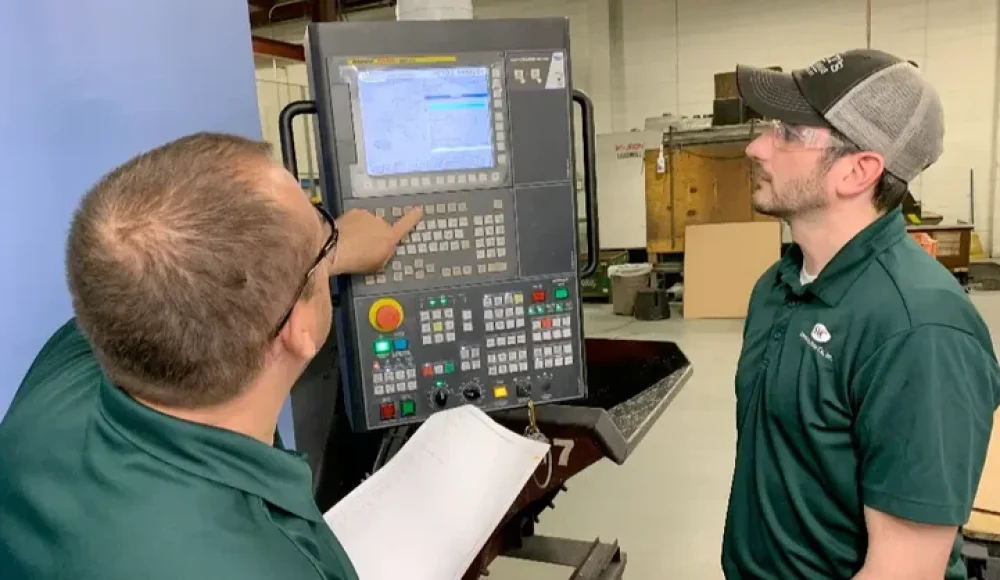
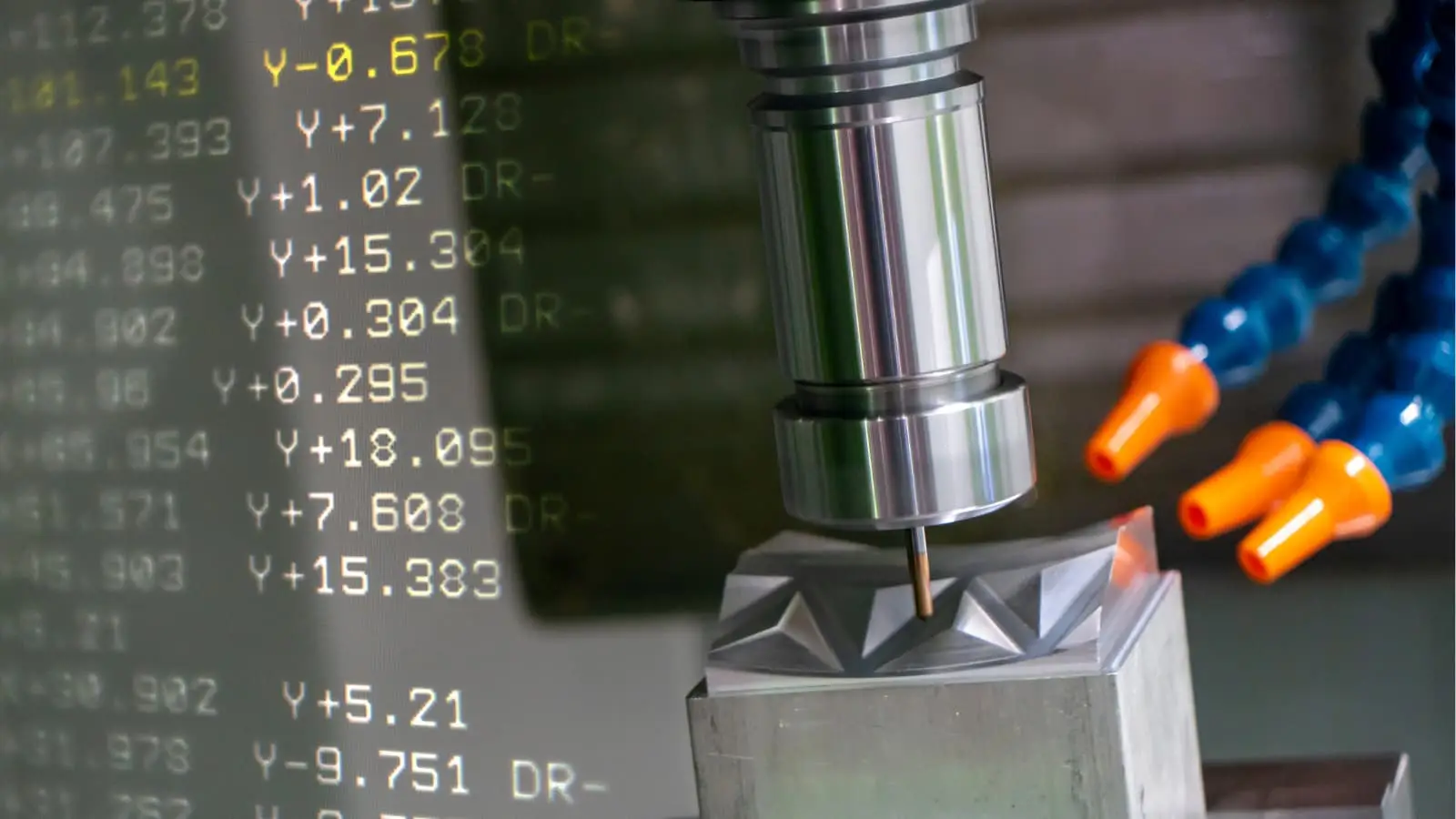
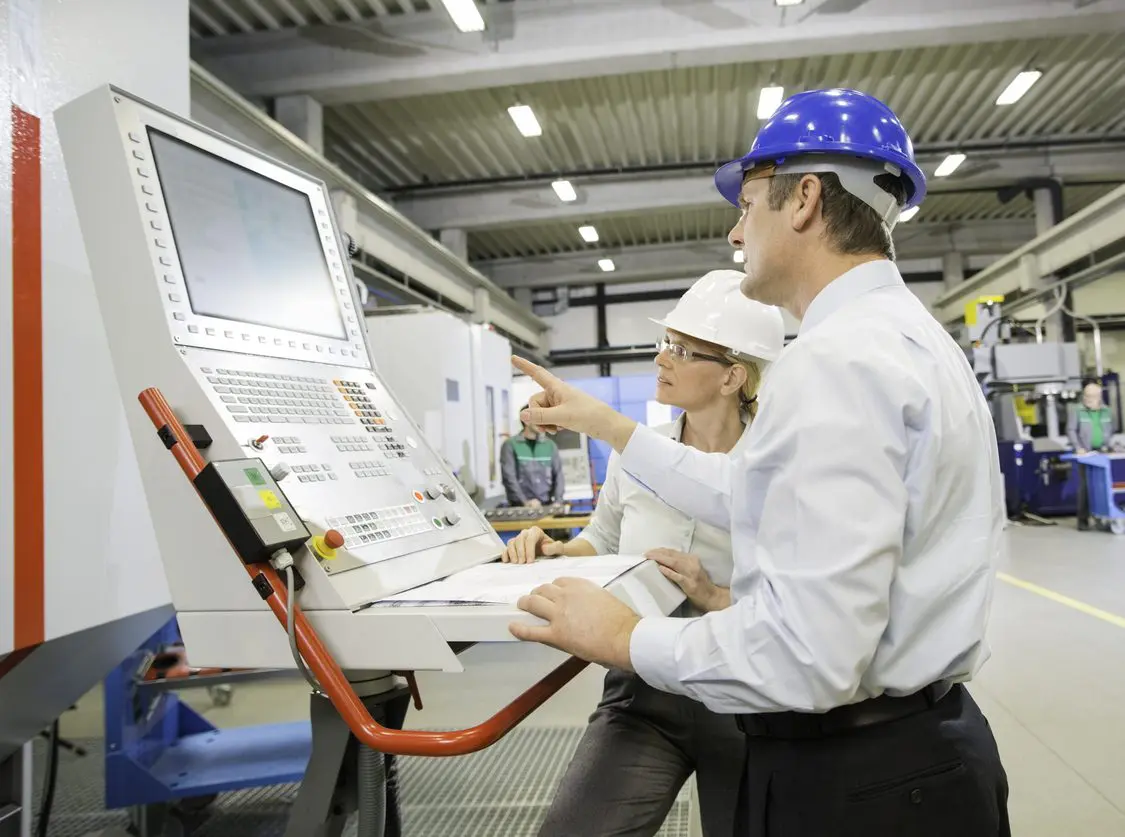

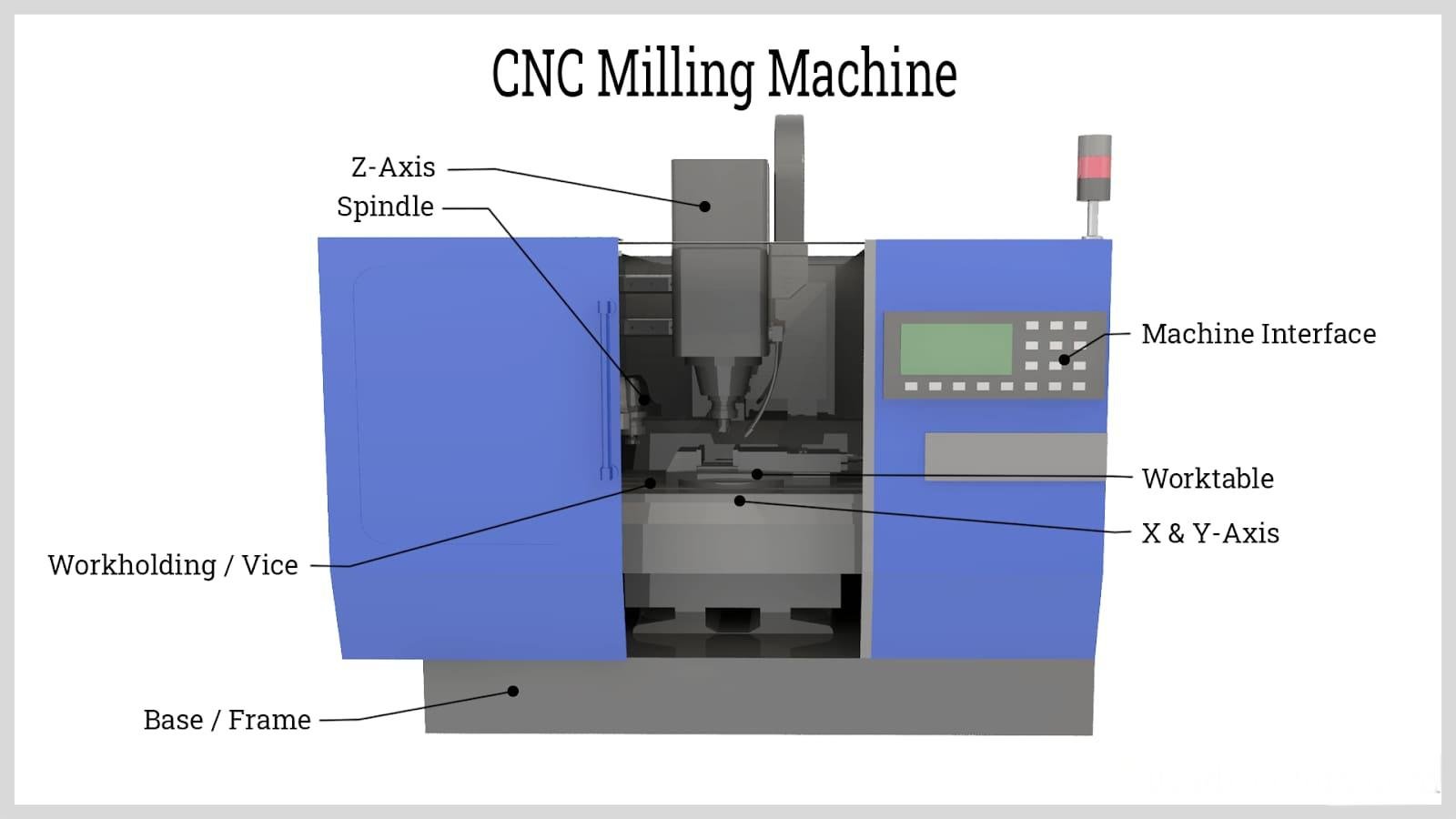
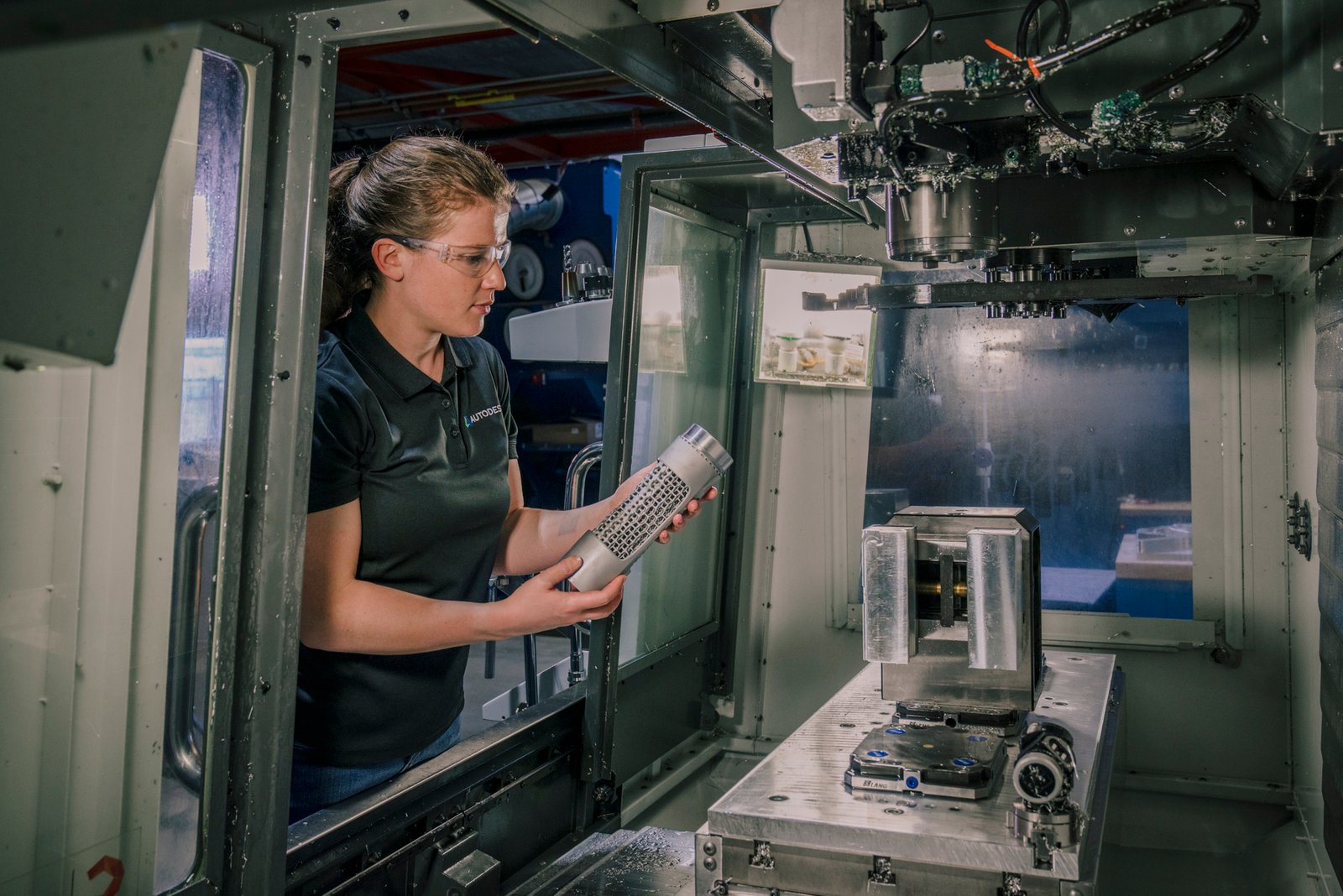

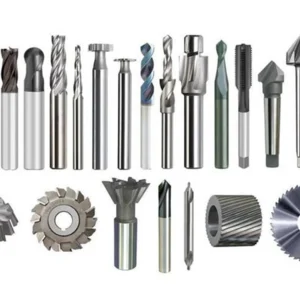

3 мисли за "Какво е G-код: Определение, функция, Видове & Употреби”